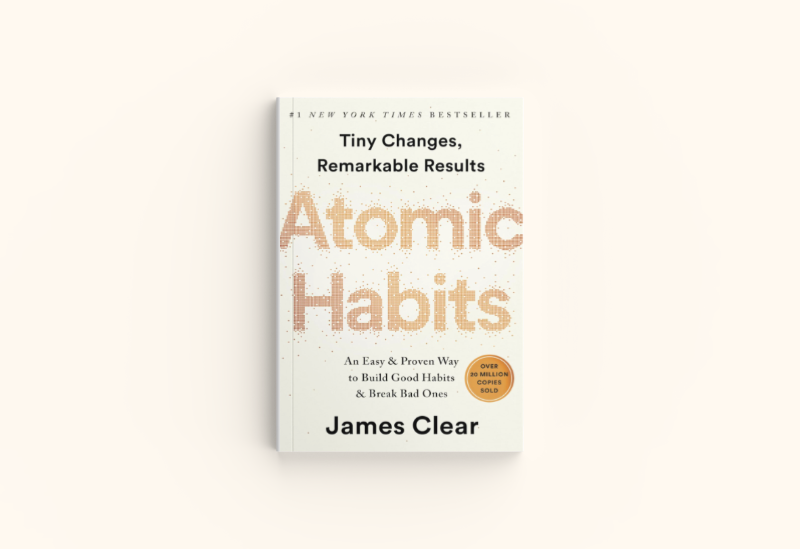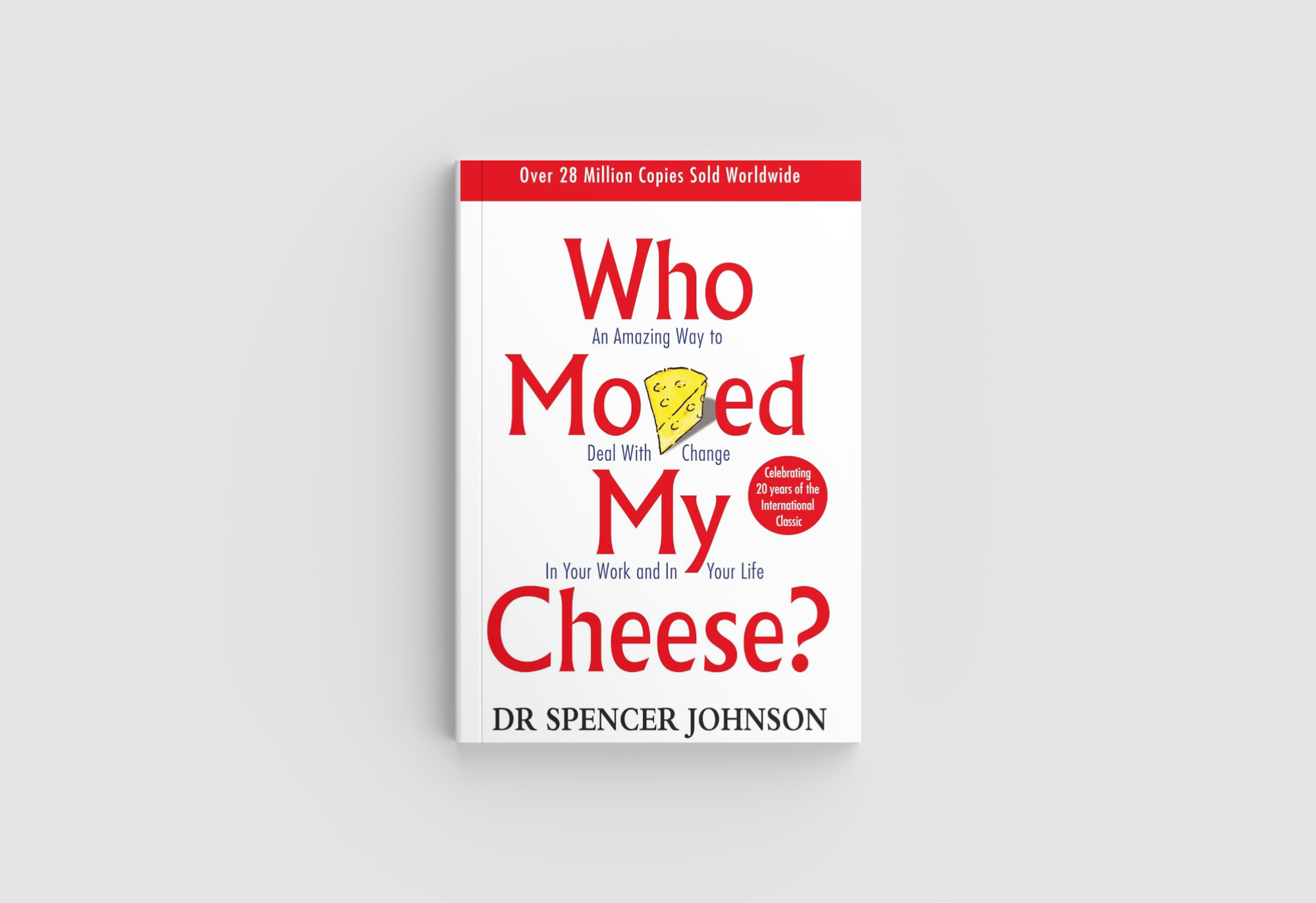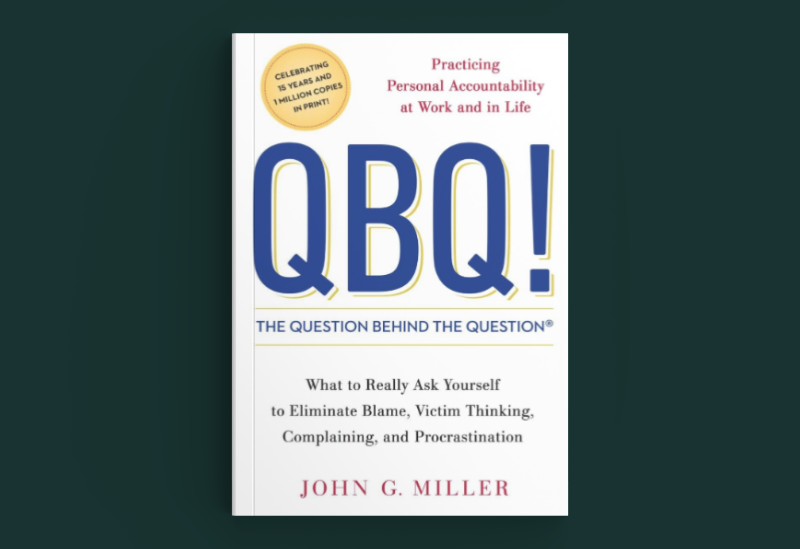BETTER IMPACT BOOK BITES: Who Moved My Cheese
This Month's SelectionWho Moved My Cheese, by Spencer Johnson, M.D.The seventeenth in a series of Better Impact Book BitesA taste of great books...

This Month's Selection:
Atomic Habits: Tiny Changes, Remarkable Results by James Clear
The twenty-second in a series of Better Impact Book Bites
A taste of great books worth consuming.
I chose this book because it kept coming up in many different conversations, I was part of, including about a month ago. That was enough to more than pique my interest; I was compelled to find out what everyone was talking about. Now, I get it. This book breaks down what feels like an overwhelmingly large goal into bite-sized, attainable actions. It’s 264 pages long and divided into five sections. A very easy read and available on Audible.
The introduction recounts the author’s tragic school accident and the lessons he learned in recovery that were the catalyst for the writing of this book.
The first section takes you back to the basics: understanding what habits are, what makes them good or bad, and how to build better ones in four simple steps. The author talks about the surprising power of doing something small repeatedly and how our habits can be difficult to change because they are tied to our identity. He argues that instead of setting goals, we should focus on creating and enhancing our systems because: “You do not rise to the level of your goals. You fall to the level of your systems.” Powerful. He closes out the section with the Four Laws of Behavior Change to build better habits:
This section discusses why awareness of our habits is crucial. Before we can change a habit, we need to recognize it in the first place. He introduces the concept of habit-stacking and explains why your environment is more important than willpower will ever be. He offers suggestions on setting up your environment to help create better habits and unveils the true secret to self-control.
This section helps you to identify and focus on fixing the root cause of your bad habits in order to help you form new habits. It explores three powerful social groups that shape our habits: the close, the many, and the powerful. Therefore, we need to be mindful of what, and who, we gravitate to.
Lastly, it discusses pairing a habit that you need to do with a habit you have to do to help create new healthy habits.
This section places a huge emphasis on why, when trying to change or create a new habit, taking small steps is not only absolutely okay, but actually a better tactic. I love how chapter 11 puts it in perspective: “walk slowly, but never backward.” It talks about setting yourself up for success by putting things in place to help make the change easier and suggests that the amount of time you have been performing a task (e.g., 30 days) isn’t nearly as important as how many times you have performed it (30 times in two days). It talks about how to achieve more with less effort and, my favorite, HOW TO STOP PROCRASTINATING! The quote that stuck with me in this section, and actually the entire book, frankly, is this: “Standardize before you optimize.”
This section points out that we are more likely to repeat a behavior when the experience is satisfying and why what is immediately rewarded is repeated, which is often why breaking a bad habit is so difficult. But ALAS! This section covers how to turn all of that around, honing in particularly on why small wins are so important. Tracking progress is vital when trying to create new habits; however, WHAT you track is more important THAN tracking itself. The great thing is that the author helps you determine the difference between the two. The last chapter in this section is my absolute favorite! I have always believed that having an accountability partner is crucial to achieving any goal, including creating a new or breaking a bad habit! It is one of the steps I really zero in on in my own book Game On! Relentlessly Pursue Your Dreams! I rarely hear anyone talk about it, so when I saw an entire chapter on it in this book, I felt validated!
How much do genes factor into how successful we will be? This section tackles reality. It challenges us to question ourselves, depending on the habit we are trying to build, are we being realistic? It gives us guidelines on how to stay motivated when we get bored working on our goals. This is primarily because "The greatest threat to success [when it comes to creating our habits] is not failure but BOREDOM." So it teaches us how to “fall in love with boredom” to increase our chances of being successful.
One small action can have a huge impact when repeated consistently. In the beginning, small improvements can seem pointless, but as those small improvements layer on top of each other, change is inevitable. You just have to be patient. “That’s the power of atomic habits: tiny changes, remarkable results.”
Every time I heard the name of this book, I thought of "Atomic" in terms of the bomb—big, explosive habits—but it is actually the opposite. It is a reminder about the power of doing small things consistently and the impact it can have like the river that cut the Grand Canyon. Small, atomic—if you will—consistent tasks, when repeated, can have larger and more powerful results than you could have imagined. This book celebrates taking everything one day, one step at a time. As leaders of volunteers, we don’t have to make sweeping changes in our programs. What is one thing that we need to improve? Work on that one thing until it is solved and then move on to something else and eventually, you will see the change and improvement in your program, and maybe you won’t. However, the program will run more efficiently, and soon everyone will notice.
Featured Posts

This Month's SelectionWho Moved My Cheese, by Spencer Johnson, M.D.The seventeenth in a series of Better Impact Book BitesA taste of great books...

This Month's Selection:No Ego – How Leaders Can Cut the Cost of Workplace/Drama, End Entitlement and Drive Big Results by Cy WakemanThe twenty-third...

This Month's Selection:QBQ! The Question Behind the Question: Practicing Personal Accountability at Work and in Life By John G. Miller The...